Effective Conflict Resolution and Safety in Construction Sites
VerifiedAdded on 2023/06/13
|7
|1331
|144
Report
AI Summary
This report discusses conflict resolution in a construction setting, specifically addressing a dispute between two workers using a Boom Lift and another plastering walls. The resolution emphasizes compromise and prioritizing health and safety, ultimately deciding to complete bracket installation before plastering. The report uses Gibbs Reflective Cycle to analyze the conflict's root causes and potential solutions, stressing the importance of awareness and unbiased decision-making. It highlights the relevance of a code of conduct, emphasizing honesty and integrity in conflict resolution. Different leadership styles are considered, with compromise identified as a key tool for amicable settlements. The report also touches on the inevitability of change and the need to address hidden conflicts through questioning. The conclusion underscores the importance of behavior in determining safety levels, advocating for a positive environment to enhance workplace safety and health. Desklib offers similar solved assignments and resources for students.
1 out of 7
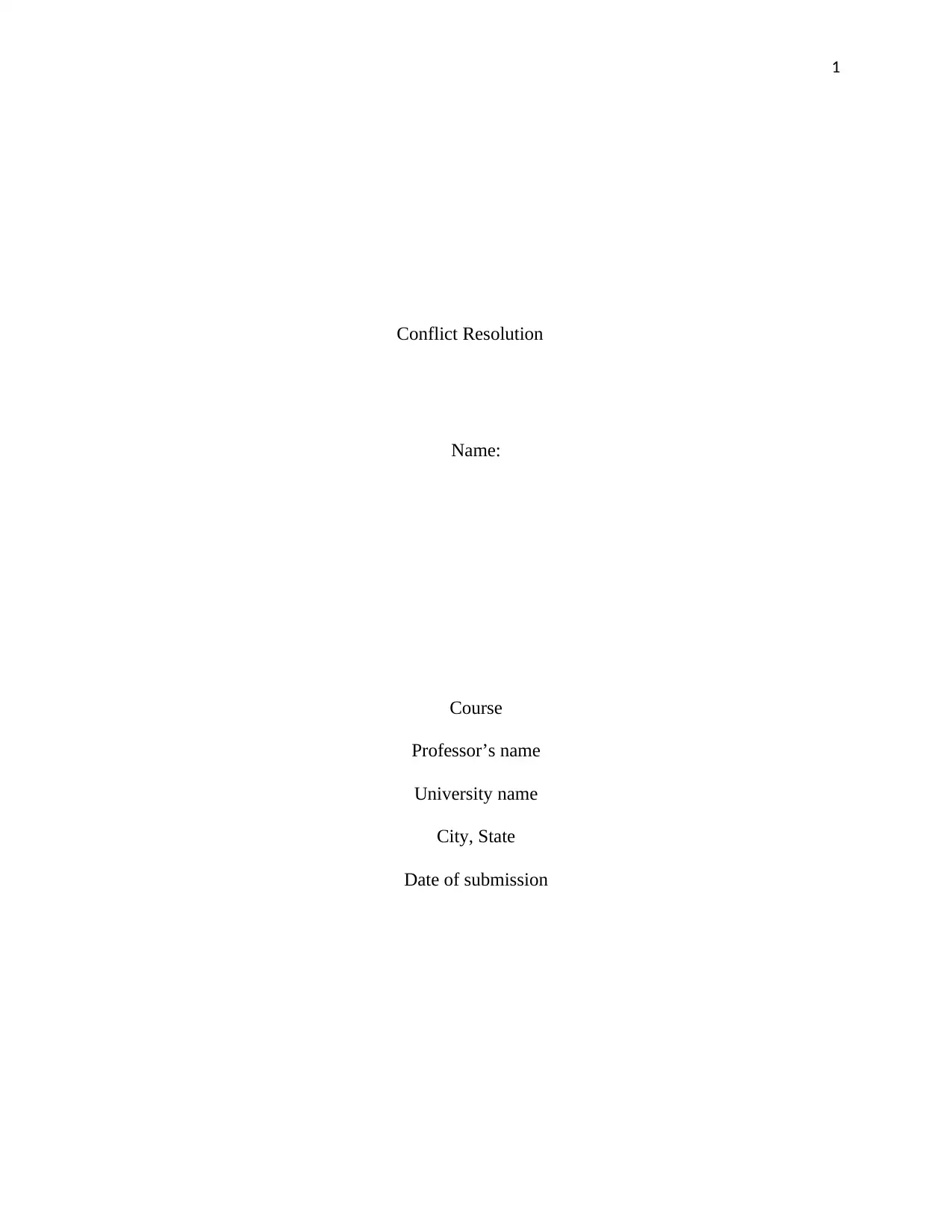
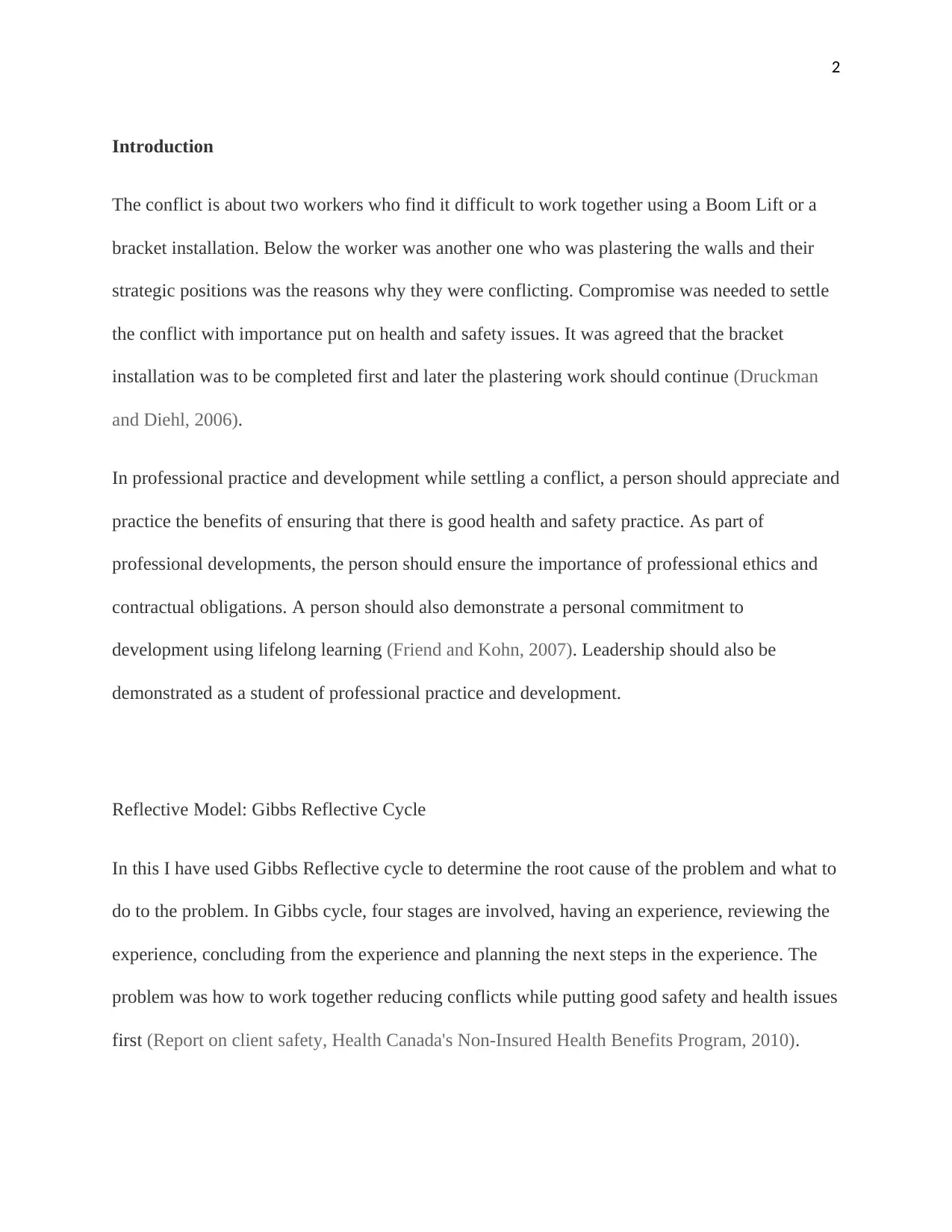
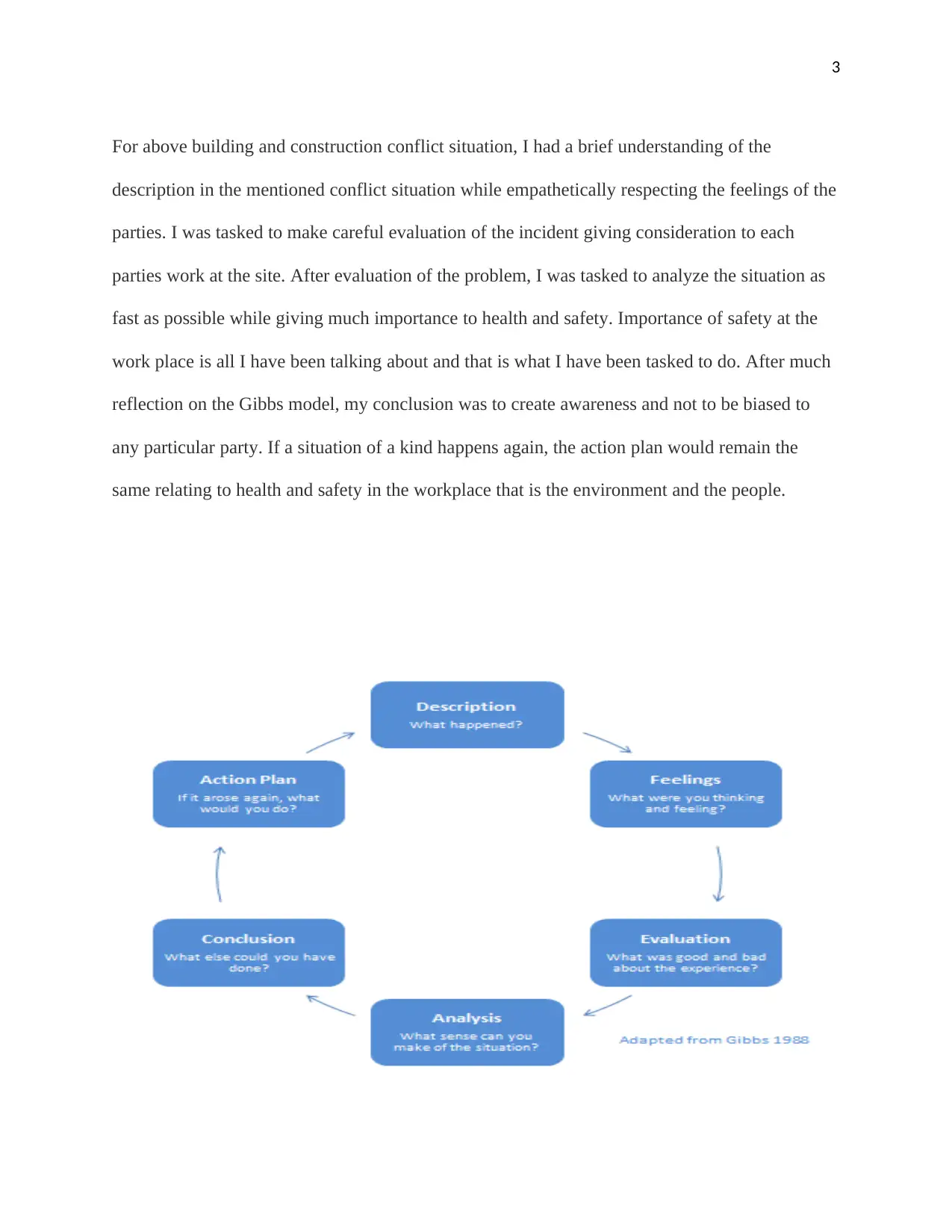
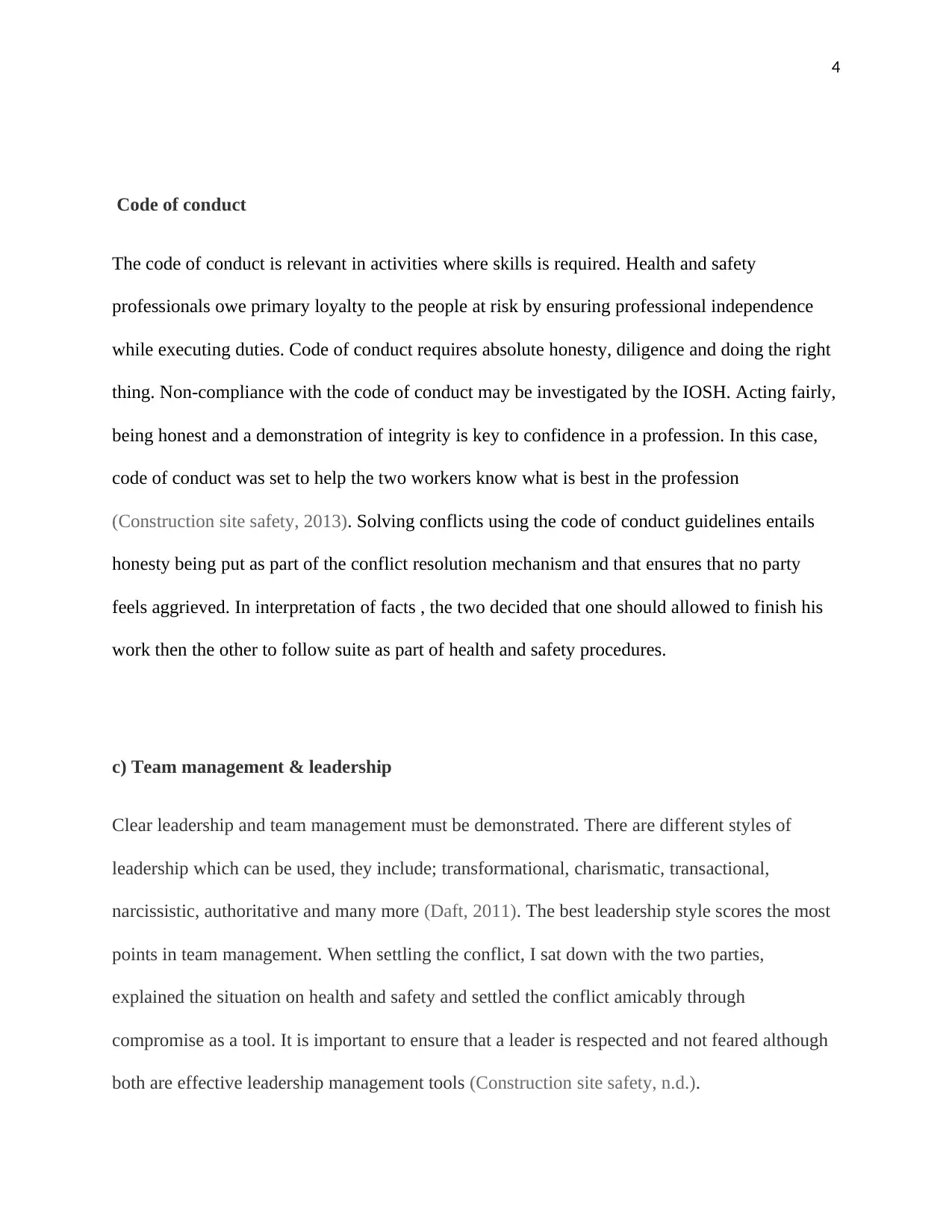
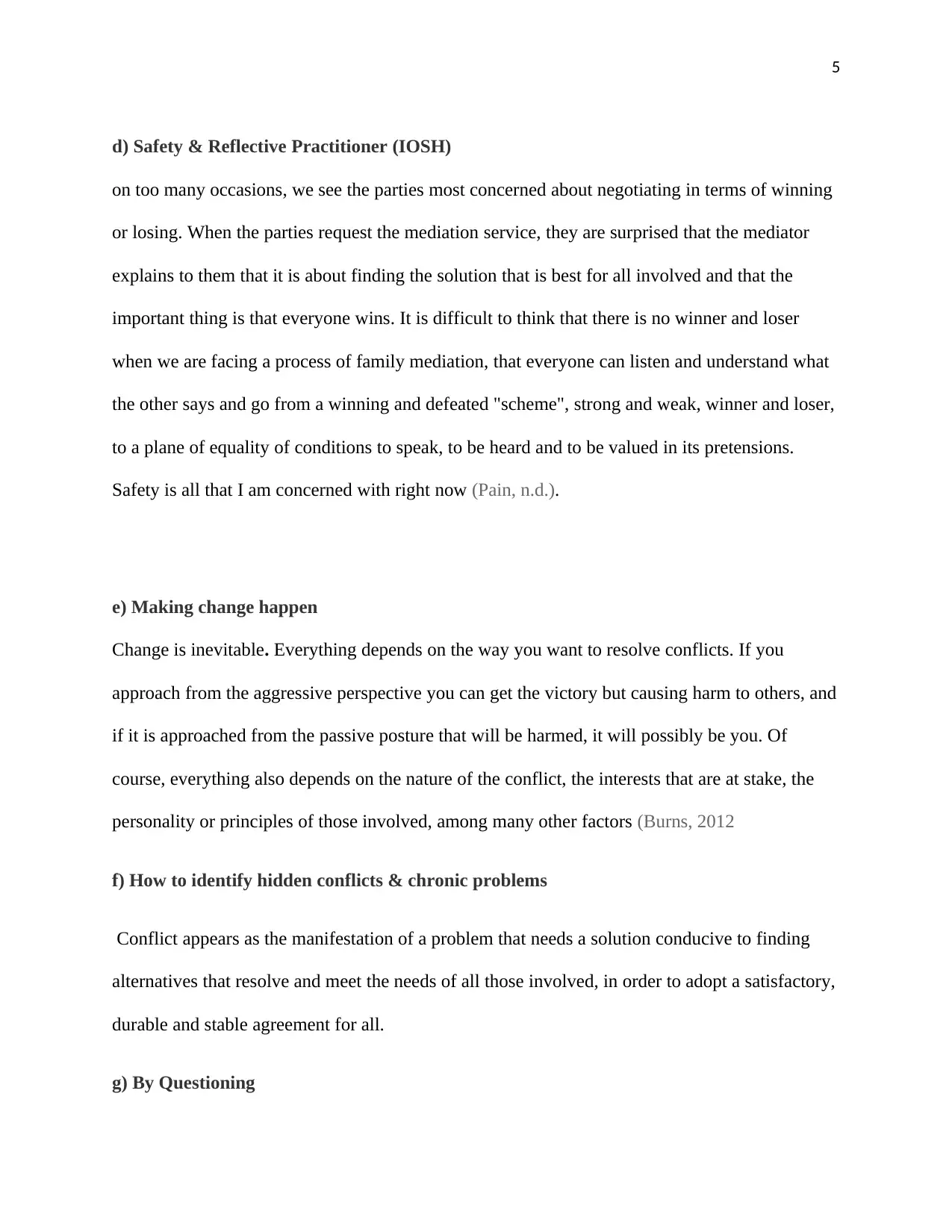
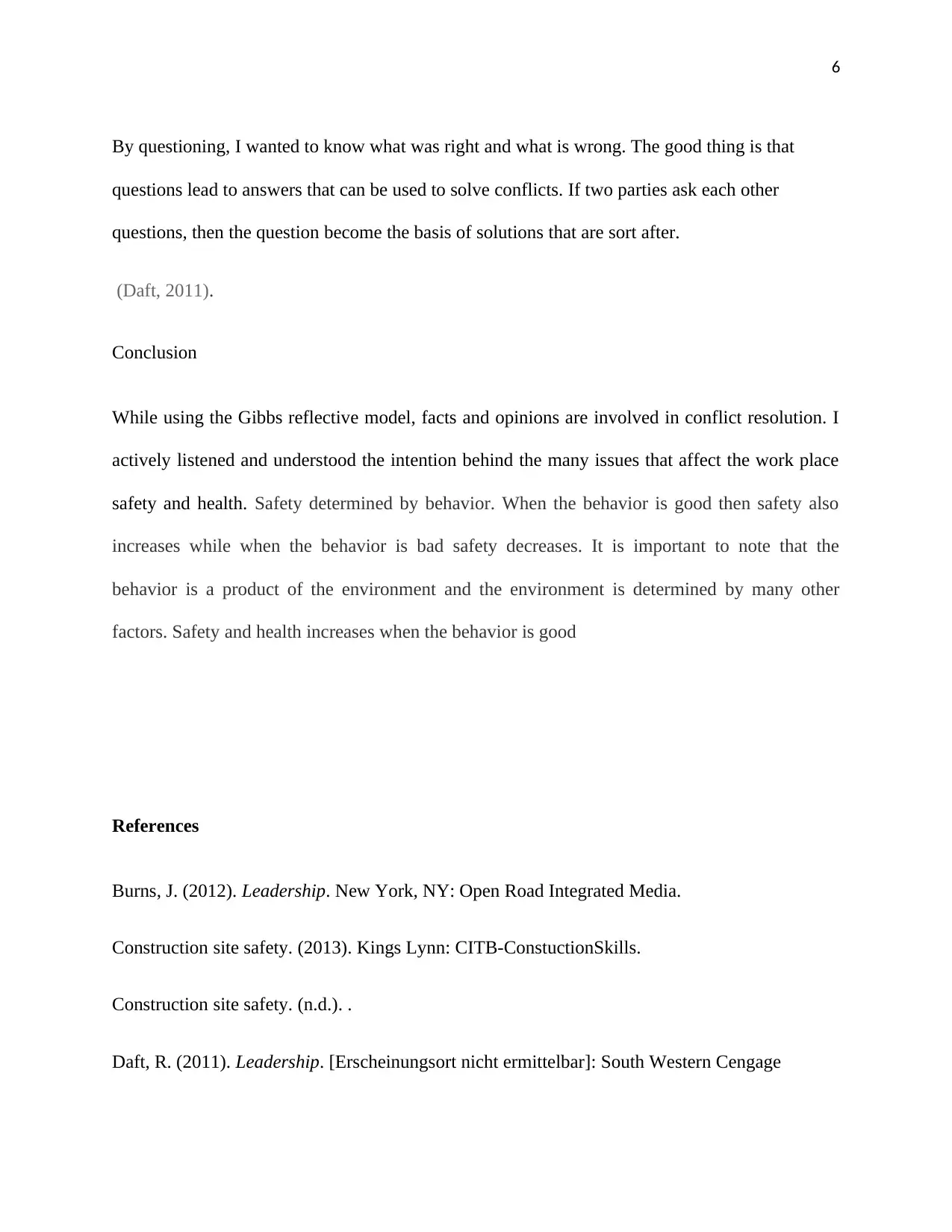
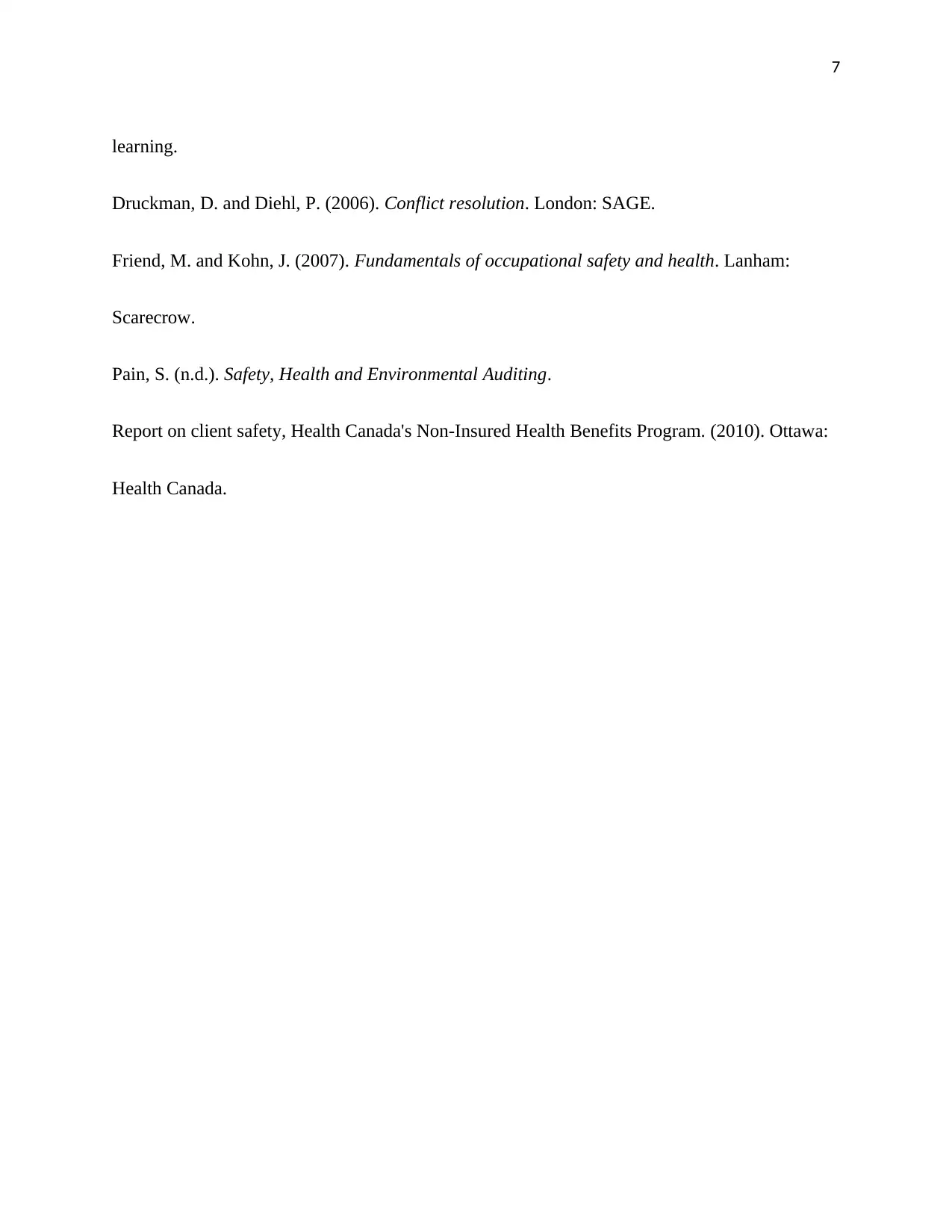






![[object Object]](/_next/static/media/star-bottom.7253800d.svg)